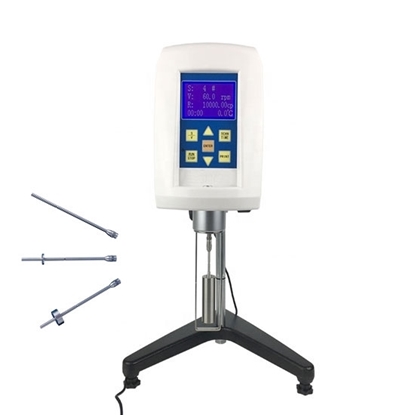

Rotating bobs are more common, rotating cups reduce the likelihood of vortex formation, and "cone and plate" viscometers create a constant shear rate at any speed. Rotational viscometers use the concept of torque to measure the effort required to turn a disk or bob in a fluid.This can be done electronically for opaque fluids. Falling ball viscometers measure the time it takes for a sphere of a known size and density to descend through a stationary liquid.You calculate viscosity by measuring the amount of time it takes for the liquid to move between two marks. Liquid is drawn by suction into the upper bulb and allowed to flow down into the lower bulb. Glass capillary viscometers or Ostwald or Ubbelohde viscometers consist of a U-shaped glass tube held vertically in a controlled temperature bath.

What Are the Different Types of Viscometers? This uses an electromagnetically controlled spindle to generate rotation within the fluid, eliminating factoring in the bearing friction of a. A common version of this kind of viscometer is the Brookfield viscometer, and a more enhanced version is the Stabinger viscometer. Viscometers measure using a single flow condition. The rotational viscometer measures the absolute viscosity of the fluid. In general, viscometers move an object through a stationary fluid or move the fluid past a stationary object to measure the friction between the fluid and the object or surface. An example is the slower flow of syrup from a container - syrup is more viscous than water. The absolute viscosity of gaseous air was determined experimentally for the general pressure and temperature range 10015 000 kPa and 90400 K respectively. Viscometers are instruments used to measure viscosity, the internal friction of the layers of a liquid in motion. Viscometers or viscosimeters are important to many industries, including the adhesive, biotech, chemical, food, paint, petroleum, and pharmaceutical industries. Instruments used to measure the viscosity of a fluid available in a variety of configurations.


 0 kommentar(er)
0 kommentar(er)
